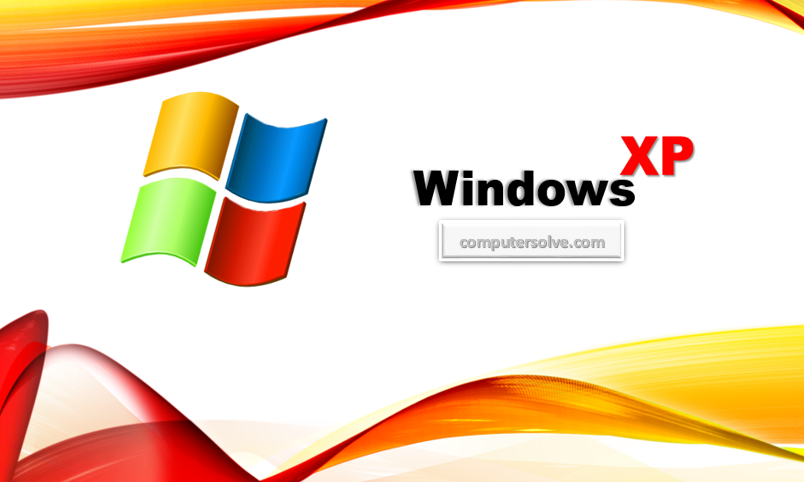“XP” means experience. The name “XP” is short for “Experience” and it stands for Enhanced User Experience. Windows XP is an operating system that was first released by Microsoft on October 25, 2001 and was designed to help bridge the gap between 9x/ME and NT/2000.
There are two primary versions of XP :
- Home Edition
- Professional
Many features are included to improve visual user interface quality and streamline multimedia. connectivity, and Device Manager.
Features of XP –
The XP launch become stated to be the maximum critical Windows launch in view that Windows 95. Naturally there was more focus on the user interface. XP provided a more stable and reliable environment previous versions of Windows. Other features of Windows XP include features not found in previous versions of Microsoft Windows. Some of these new features are listed below:
- New interface – A completely new look and the ability to change the look.
- Updates – A new feature that automatically receives updates from the Internet.
- Internet Explorer 6 – This includes Internet Explorer 6 and the new IM.
- Multilingual support – Additional support for different languages.
Windows XP System Requirements
Microsoft’s minimum requirements for this are a 233MHz processor, 64MB of RAM, 1.5GB of available hard drive space, and an SVGA-capable video card. UITS has found that computers in excess of those requirements run it poorly or not at all.
| Minimum Requirements |
| Operating System (OS) : Processor (CPU) : 233 MHz RAM : 64 MB Free Hard Disk Space (HDD Space) : 1.5 GB HDD Video Card (GPU) : Display (Screen Resolution) : 800 x 600 |
| Recommended Requirements |
| Operating System (OS) : Processor (CPU) : 300 MHz (300 or higher) RAM : 128 MB (128 or higher) Free Hard Disk Space (HDD Space) : 1.5 GB HDD (greater than 1.5) Video Card (GPU) : Display (Screen Resolution) : 800 x 600 |
If you are facing some similar computer problem like – windows vista , How to Delete a Page in Word , what is security master , how to solve pnp device problem etc..
